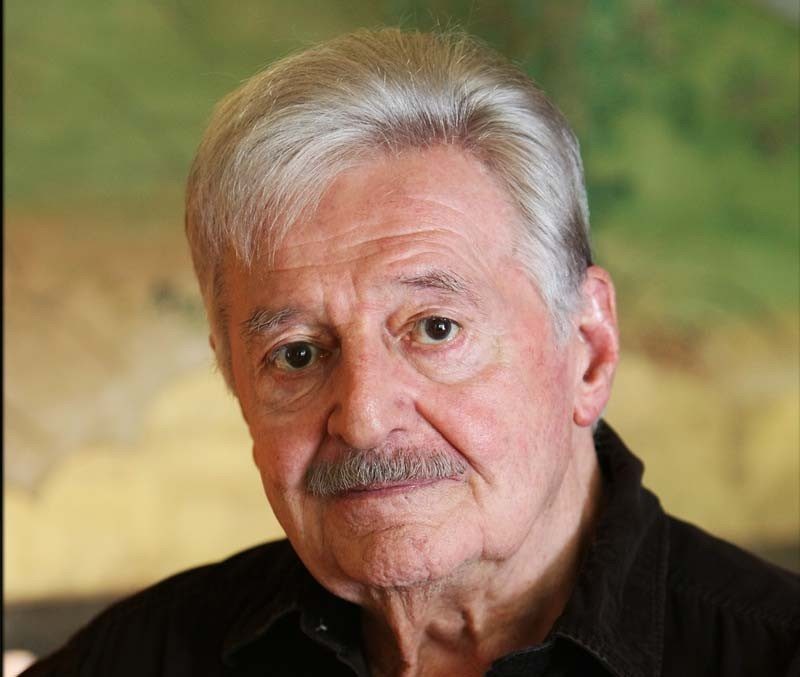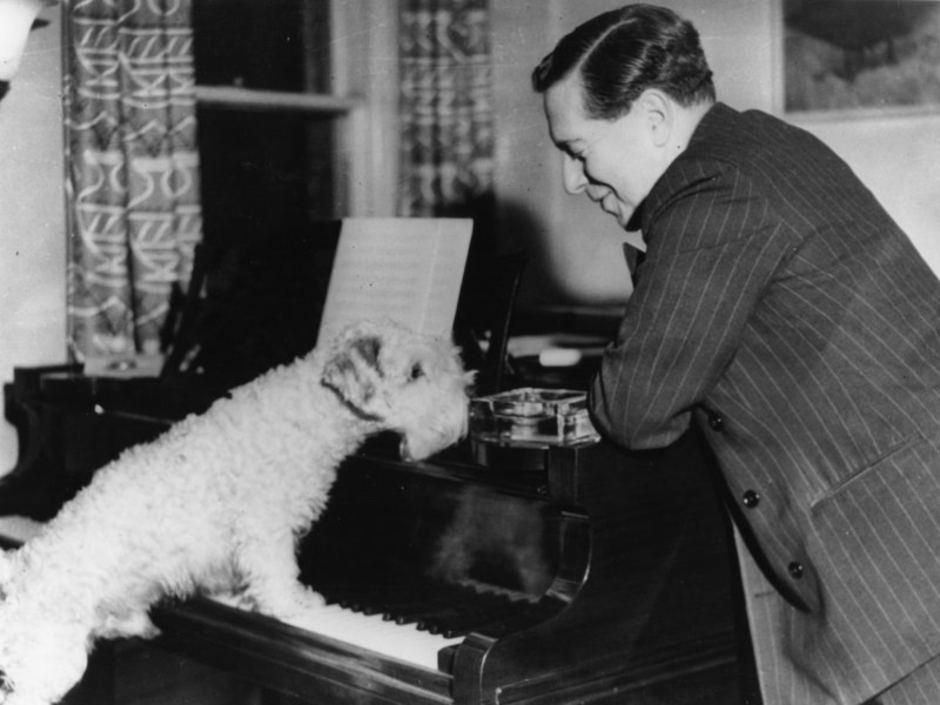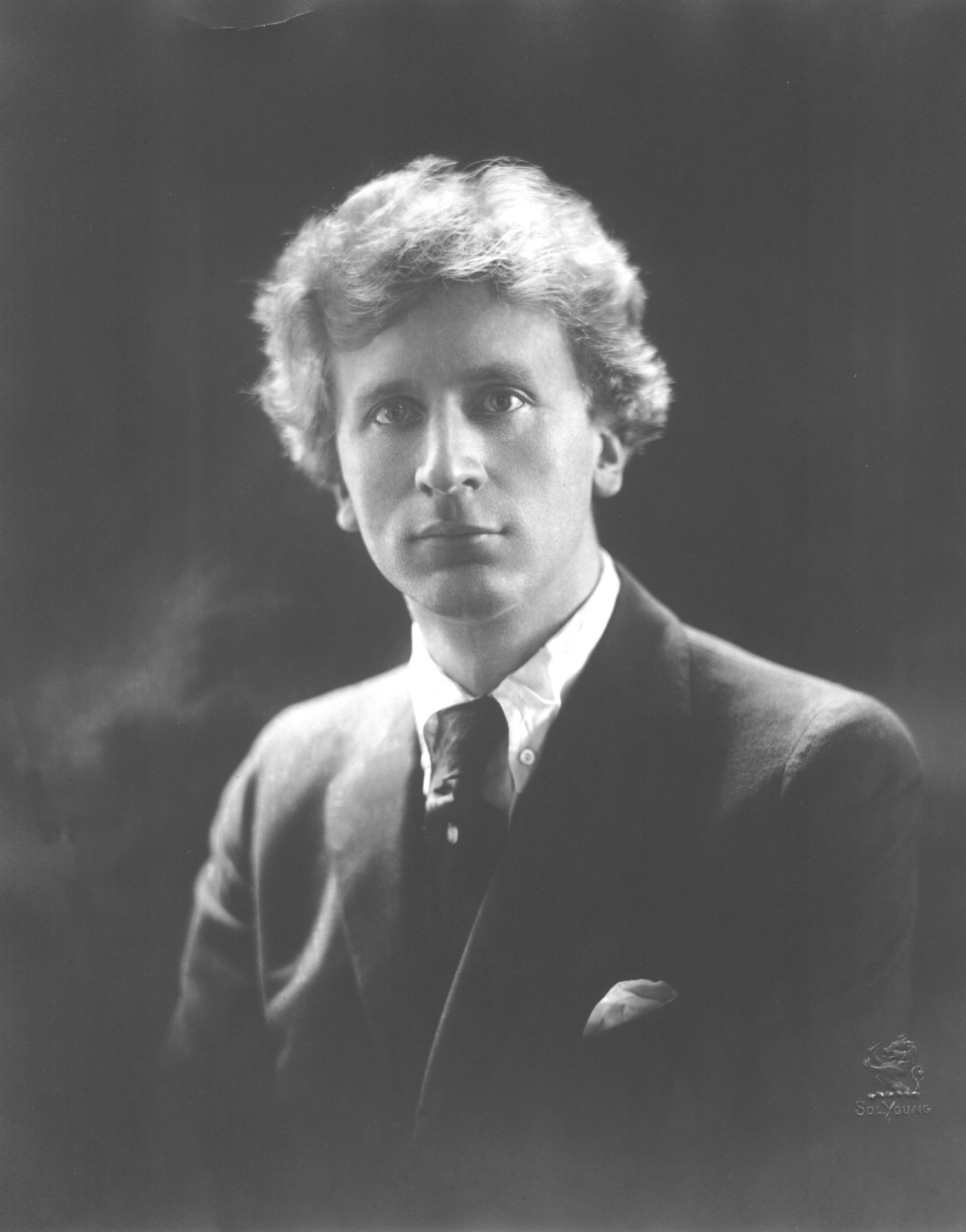
Precursors
There had been fine composers in Australia before the 1960s, but it had been a lonely life for those whose work was met by polite incomprehension, and many, having gone to Europe to study, simply stayed away.
In the 1960s, however, a generation of composers, some Australian-born and some post-war immigrants, began to imagine ways that modernism might work here. Peter Sculthorpe looked to the music of Indigenous Australia and neighbours like Bali; Richard Meale explored Japanese and Spanish influences; Nigel Butterley meditated on the spiritual traditions of Europe; Felix Werder and George Dreyfus introduced the sounds and methods of the post-War European avant-garde. And they were supported by visionaries like John Hopkins as the ABC’s Director of Music, and writers like Roger Covell and later James Murdoch. New music moved in from the fringes of concert life, so that by 1972, Peter Maxwell Davies could write that we were witnessing ‘the early struggles of something great’.

The 1960s saw the deaths for several significant figures: Alfred Hill, Australia’s most prolific symphonist, died in 1960; his estate supported the beginnings of Musica Viva’s commissioning program. The same year, Sydney-born Arthur Benjamin died in London, where he had studied, then worked almost uninterruptedly since the age of 18. A cosmopolitan artist, Benjamin was initially a Brahms devotee and Brahmsian neoclassicism informs work like his Violin Sonatina. He later became increasingly interested in Caribbean and Latin American music, was an advocate for the work of Baroque and early Classical composers, and pioneered composing for film.

The following year, Benjamin’s contemporary, Melbourne-born Percy Grainger died at his home in New York State. For all of their many differences of style and temperament, they had much in common. Their talents were recognised early, leading to study overseas and then to careers in Europe and the US, rather than at home. Both were gifted pianists who championed the work of their colleagues, and who sought to disseminate music from earlier and other traditions by assimilating it to their own: Grainger produced versions of music by composers from Bach to Gershwin; Benjamin’s best known piece is his Jamaican Rumba, but he made transformative arrangements of works by Gluck and Cimarosa. Grainger was the more eccentric of the two, his experiments in instrumentation, quirky harmony and rhythmic elaboration not always successful, but he had a gift for vocal writing, as we will hear in his exquisite setting of the ‘Willow Song’ from Shakespeare’s Othello.

In his early monograph, The Art of Australia
Grainger, perhaps, fits Hughes’s bill: he made no claims, as did, say, Schoenberg, for himself as the unwilling heir to a long tradition. The upside to that, though is that he was receptive to a range of musical stimuli such as folksong (his arrangements maintain the uncanny oddness of many of their originals), non-European music (despite his bizarre racist views, he was in principle sympathetic to Indigenous Australian culture) and, as we have noted, jazz and other ‘popular’ genres. And he experimented, if fitfully, with those Heath Robinson-like machines for making ‘free music’.
He may not have had much direct influence in this country, but Grainger’s career offered a template to younger composers, free from the weight of a single tradition and open to the world of sound.
© Gordon Kerry 2016

